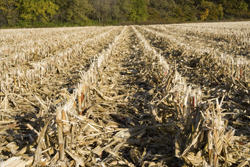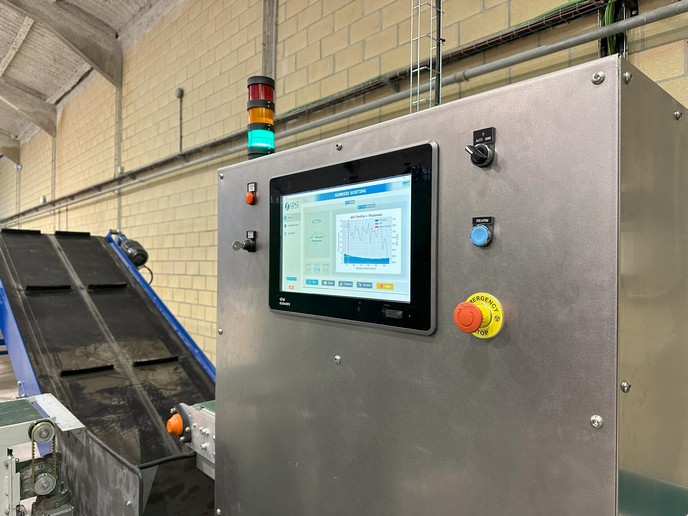Bioethanol research targets new enzymes
Lignocellulose is made up of a complex of carbohydrate polymers (cellulose and hemicellulose) tightly bound to lignin, which is first broken down into much simpler sugar molecules before it can be fermented into bioethanol. However, the densely compacted structure of lignocellulose is extremely resistant to being broken down by enzymes, presenting difficulties for use in bioethanol production. This was the challenge faced by the DISCO project, which investigated new enzymes for breaking down lignocelluloses and how these enzymes work. Researchers chose wheat straw, wheat bran, corn cobs and spruce as a source of readily available lignocellulose biomass. Pre-treatment methods were developed to make the feedstock material more susceptible to the enzymes by modifying both the structure and the chemistry of the biomass studied. Lignocellulose solids remaining after pre-treatment were hydrolysed using enzymes, and the hydrolysis residues chemically and microscopically analysed. Various microbes are responsible for decomposing plant biomass, providing a vast source of enzymes for efficiently breaking down cellulose and hemicelluloses into fermentable sugars. Project partners used three different strategies to identify suitable microorganisms: functional screening for fungal cultures, functional screening for metagenomic libraries and in silico screening for fungal genomes. About 700 fungal strains, of which 70 % were new soil isolates, were screened initially. Analysis of the fungal enzyme mixture was analysed for various hemicellulase and cellulase activities led to the discovery of dozens of suitable fungal strains. However, the enzyme mixtures produced by fungal cultures were typically complex with many activities acting synergistically. This presented a major challenge when evaluating the different enzyme components. Project partners employed an in silico screening approach using metagenomic libraries for the fungal genomes based on gene sequence of enzymes with similar functions. This enabled DISCO scientists to pick out enzymes that are not produced in detectable quantities under laboratory conditions by wild type fungi. Investigations included the species Myceliophthora thermophila C1 and resulted in 21 novel genes which were characterised and tested. the DISCO project successfully developed effective and cost-efficient tools for the total hydrolysis of lignocellulosic biomass, thereby maintaining Europe's lead in industrial enzyme production. The total hydrolysis of lignocellulosic biomass will open up new large-volume enzyme applications for European industry and encourage new small and medium-sized enterprises (SMEs).







